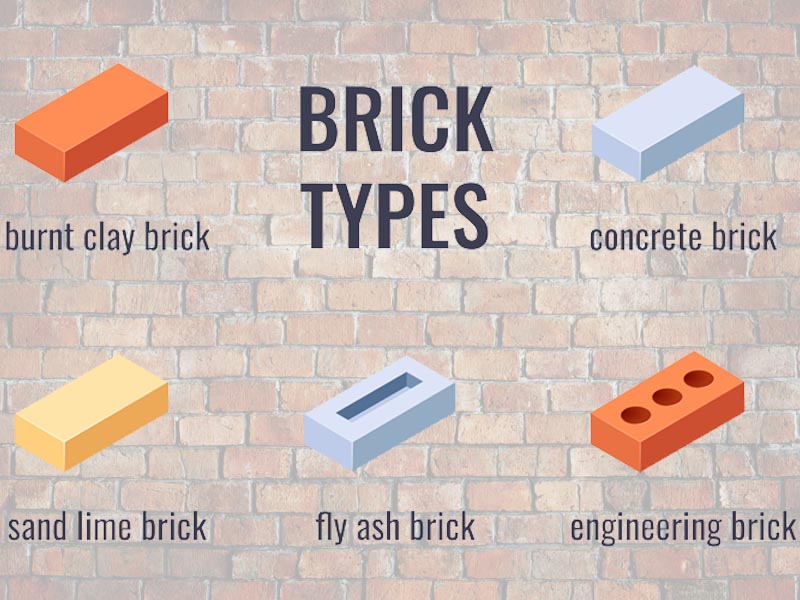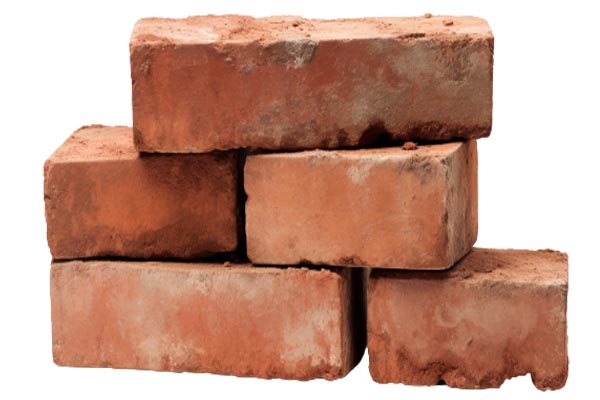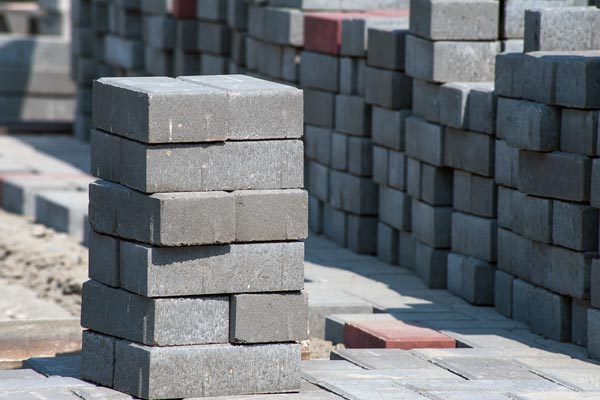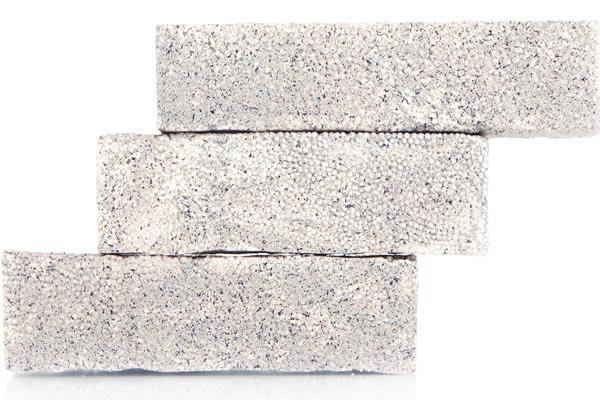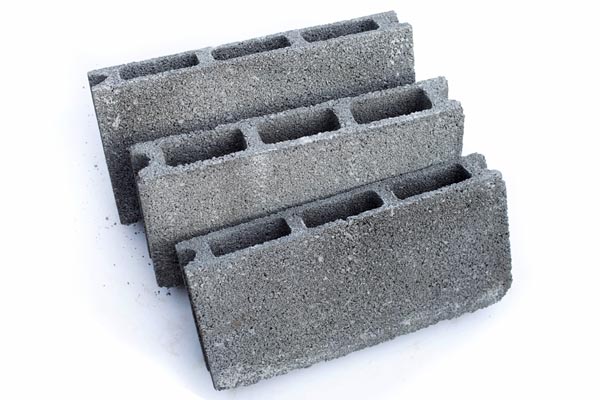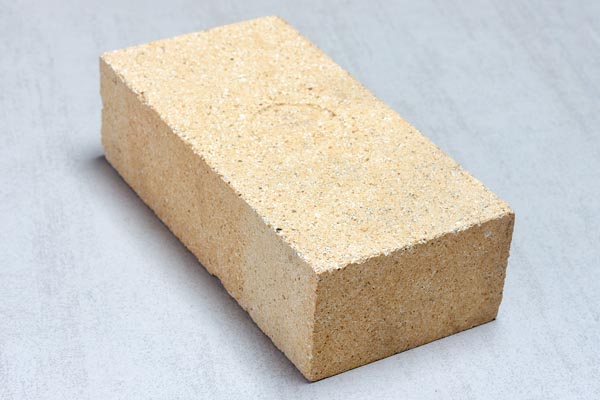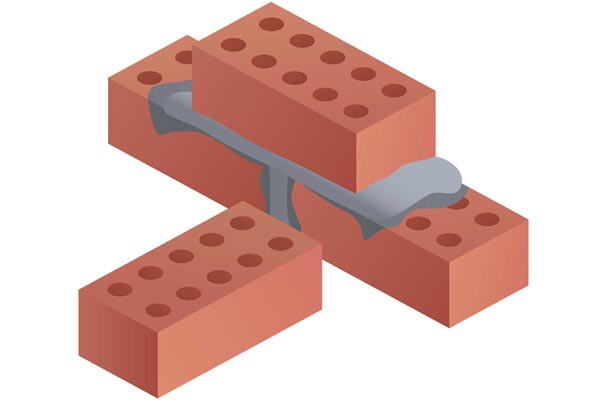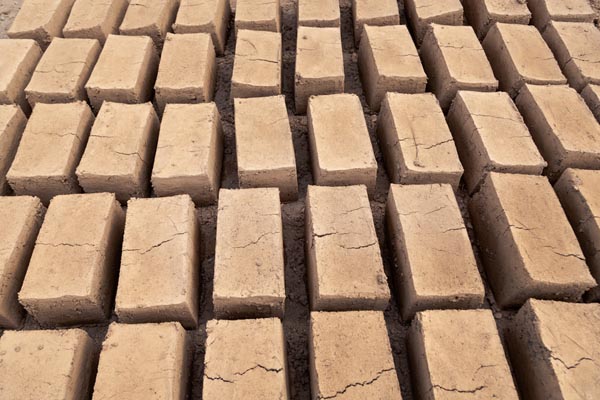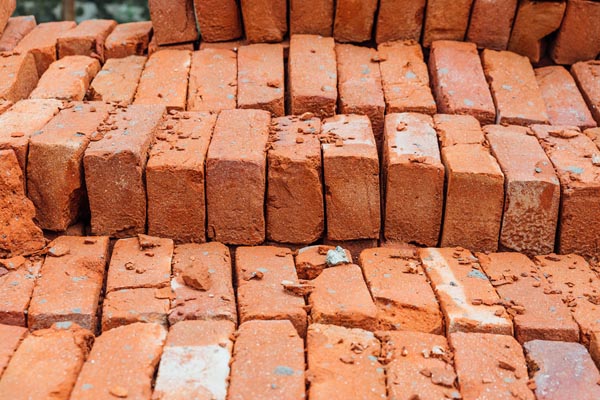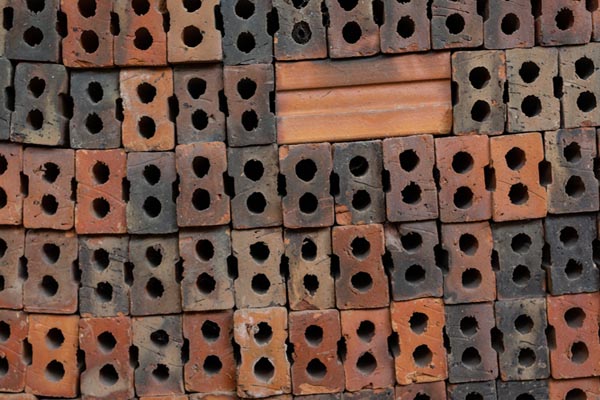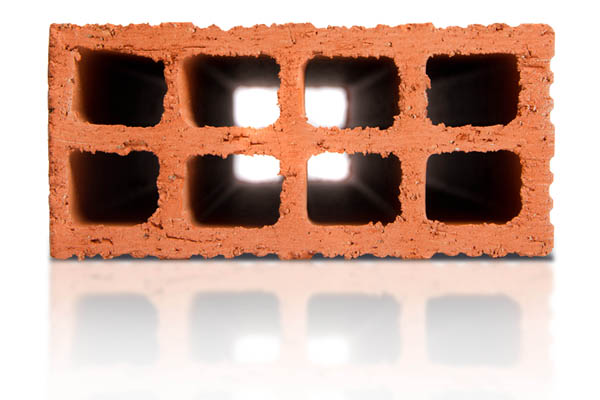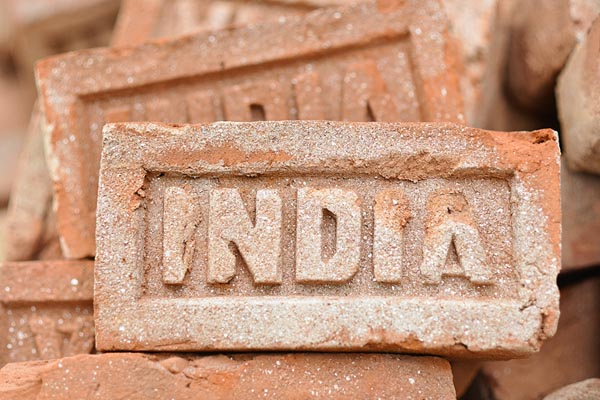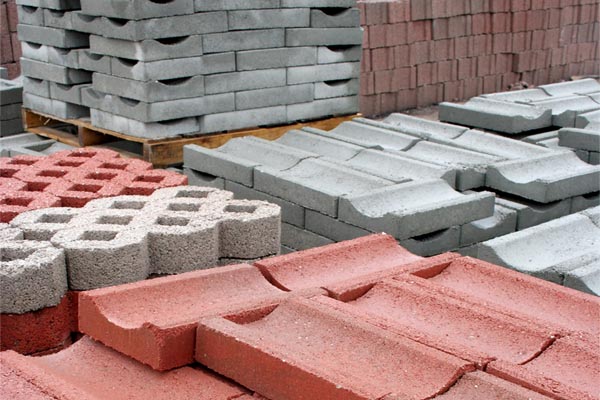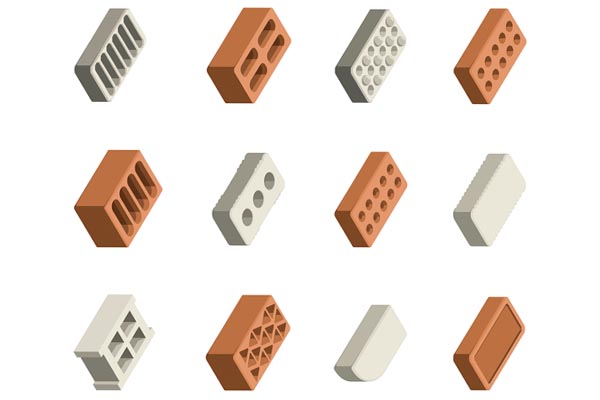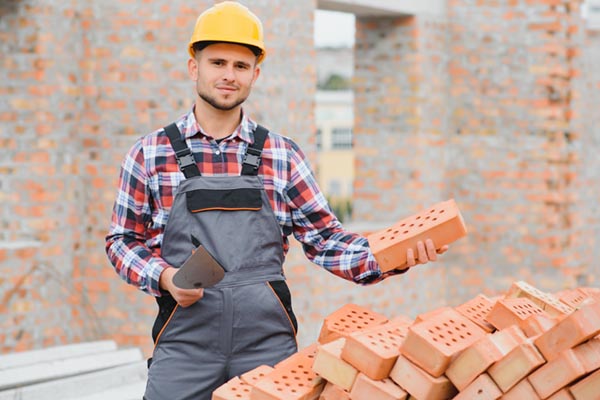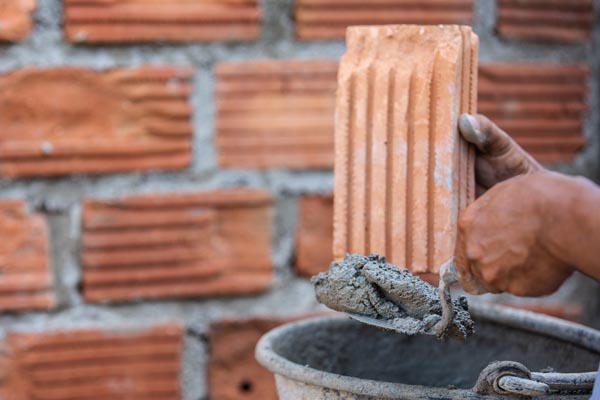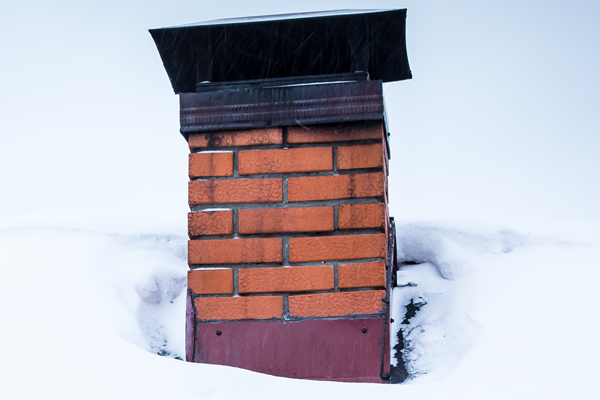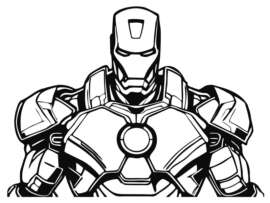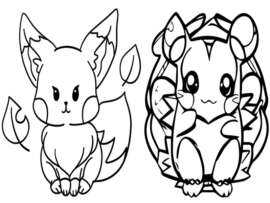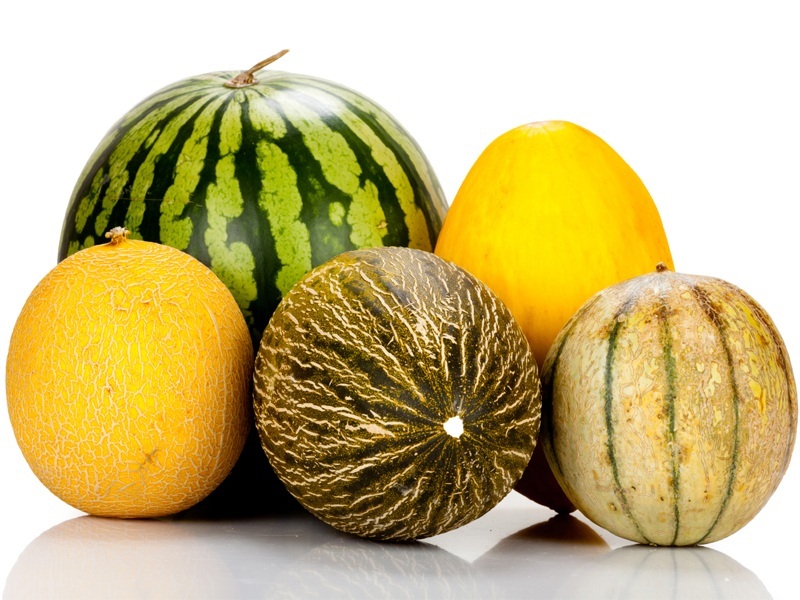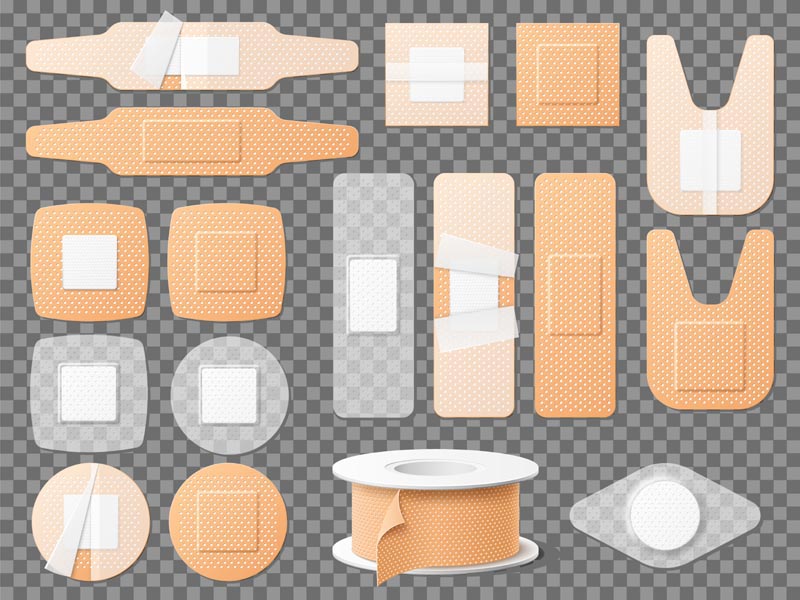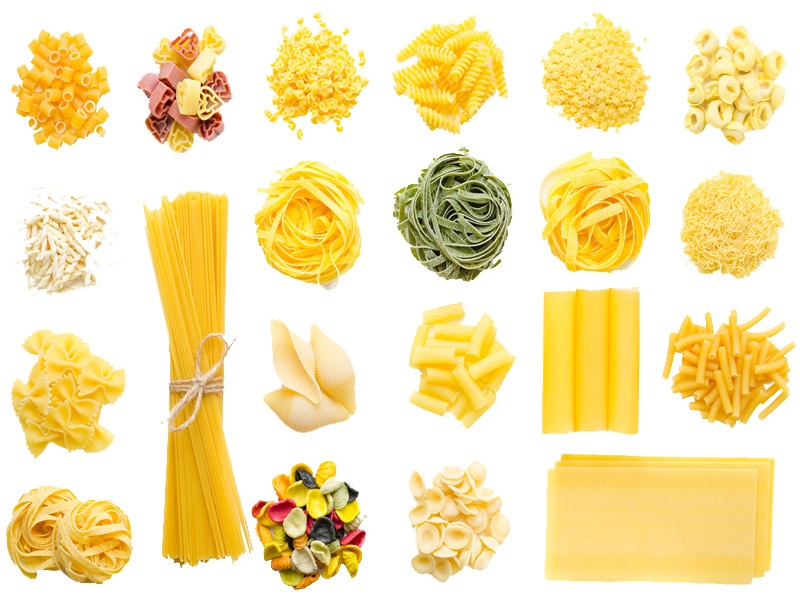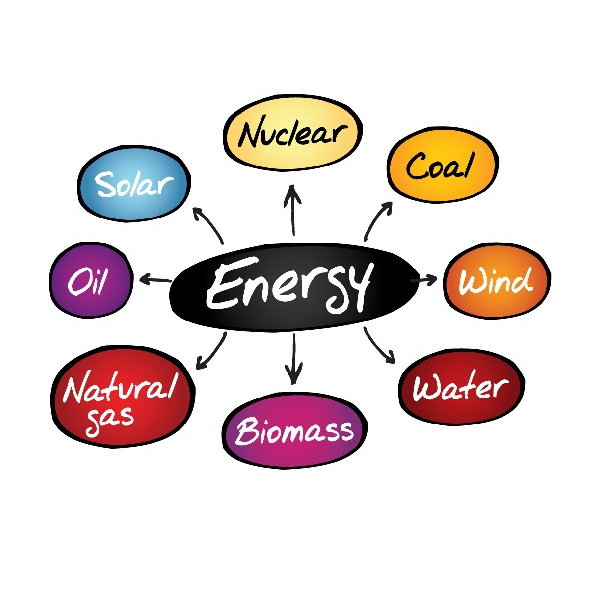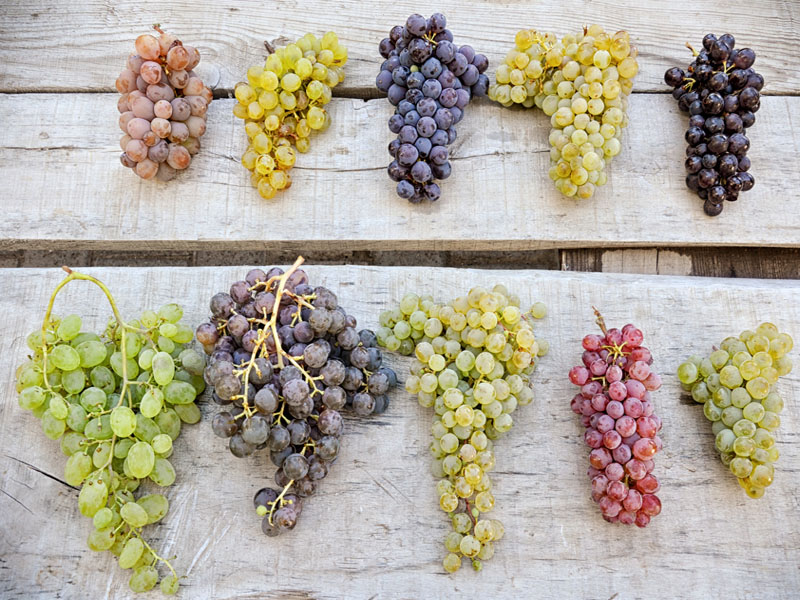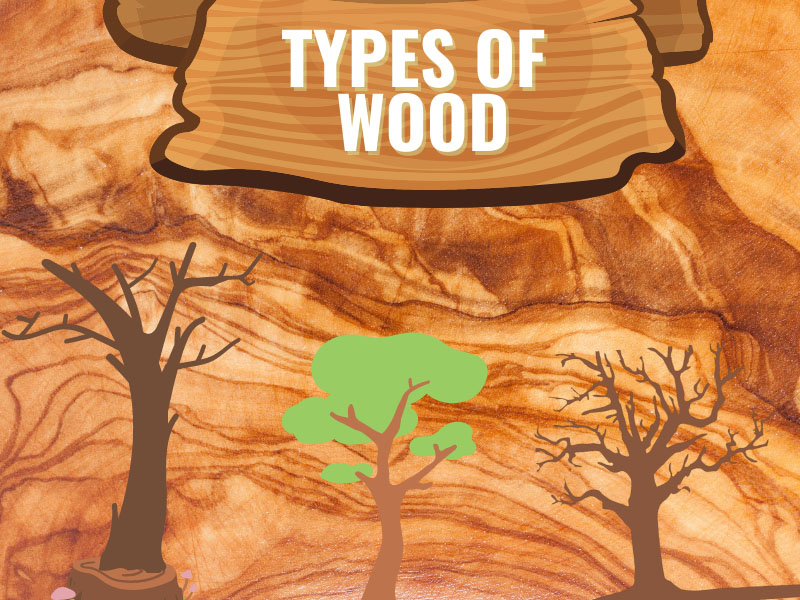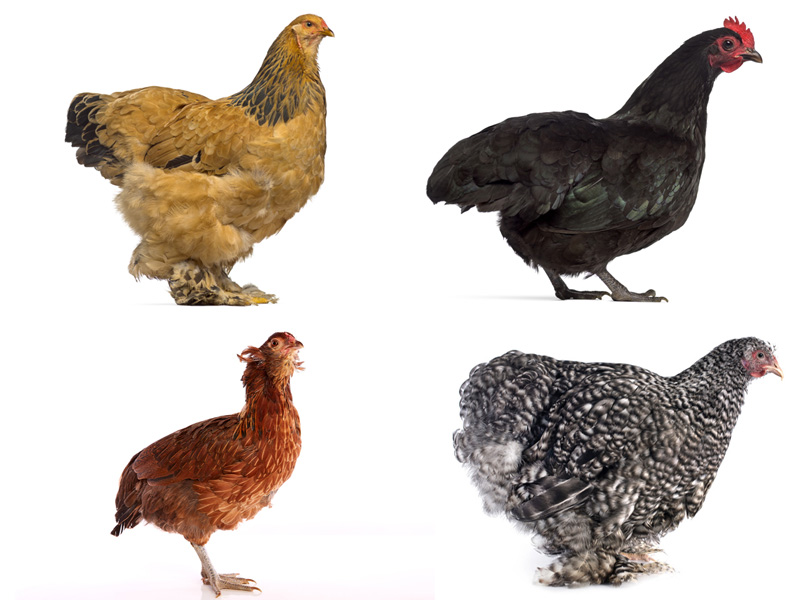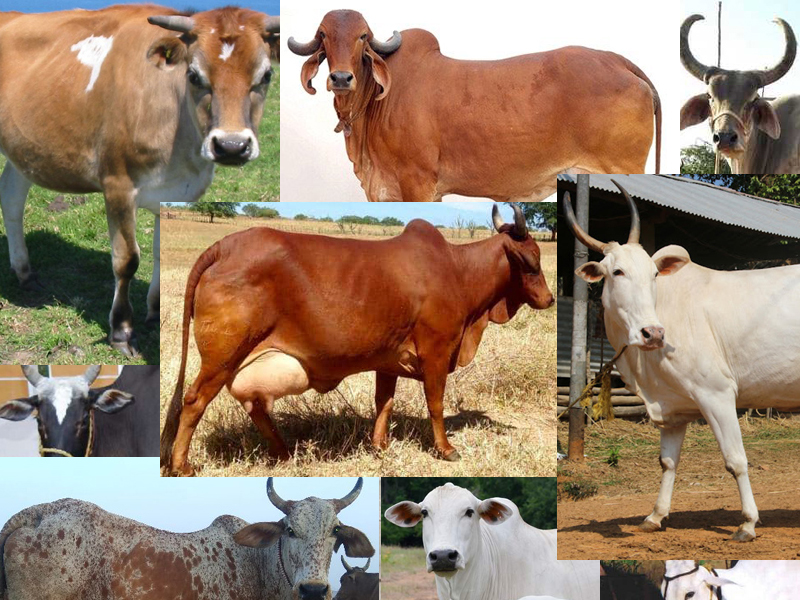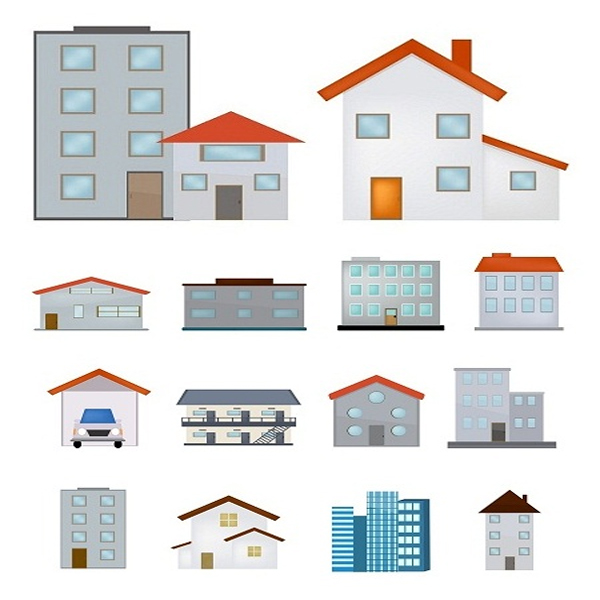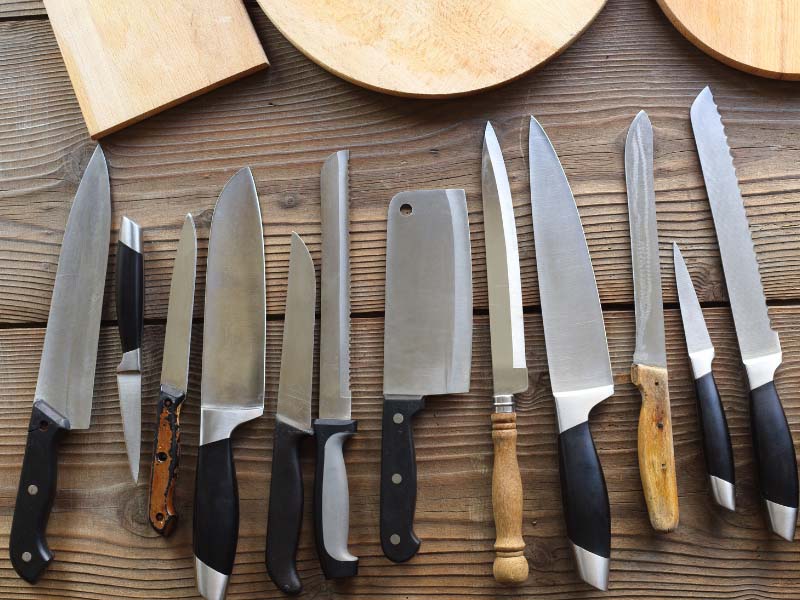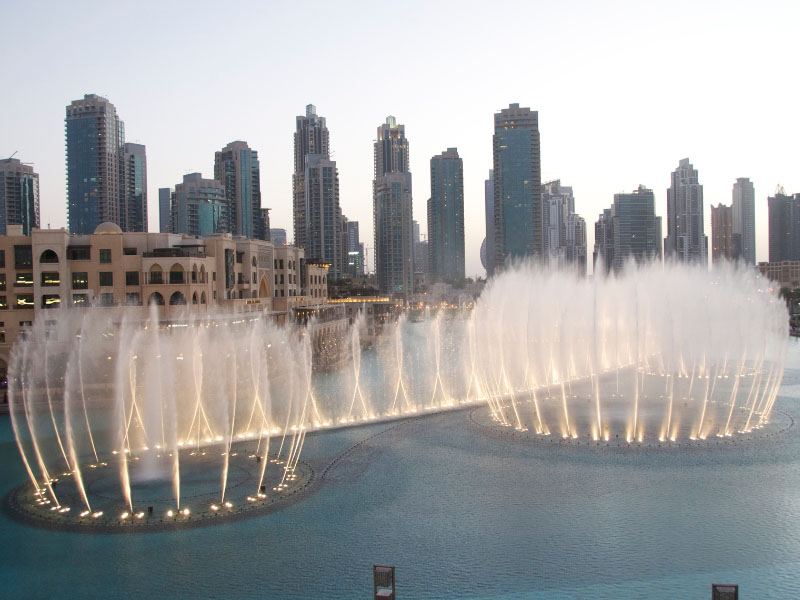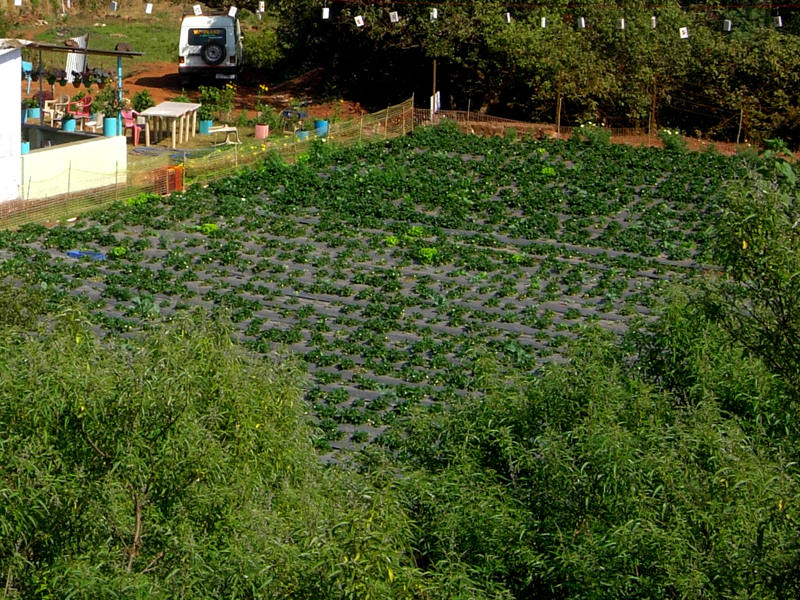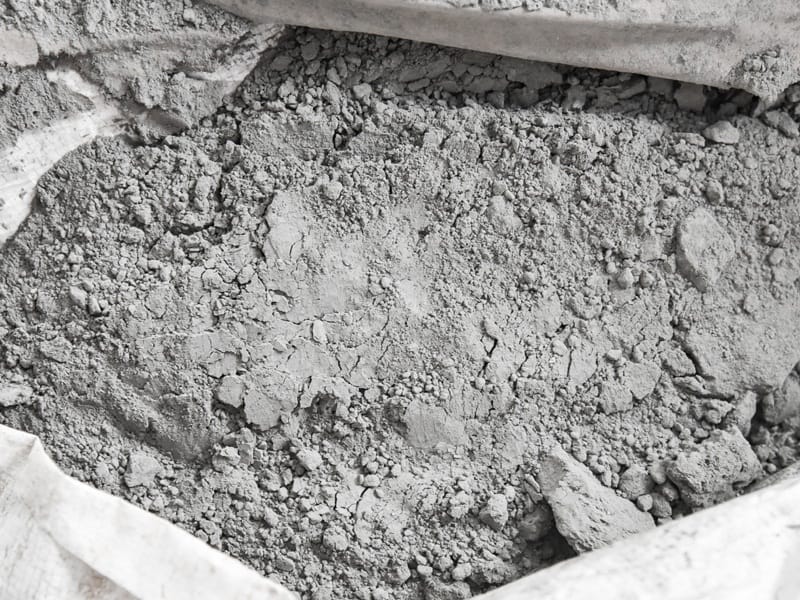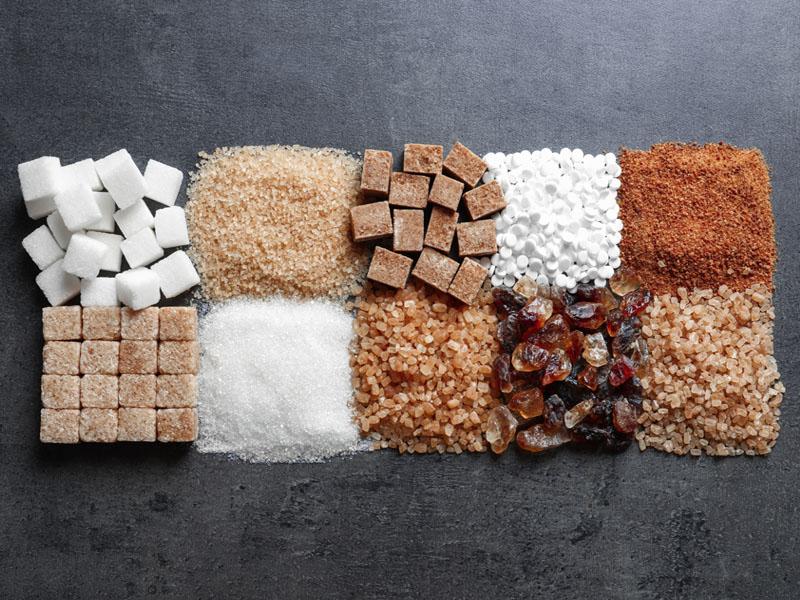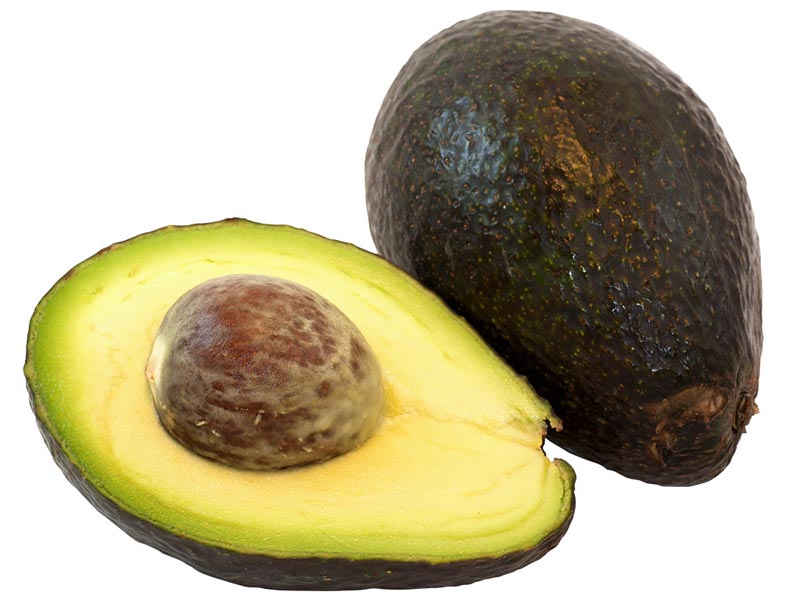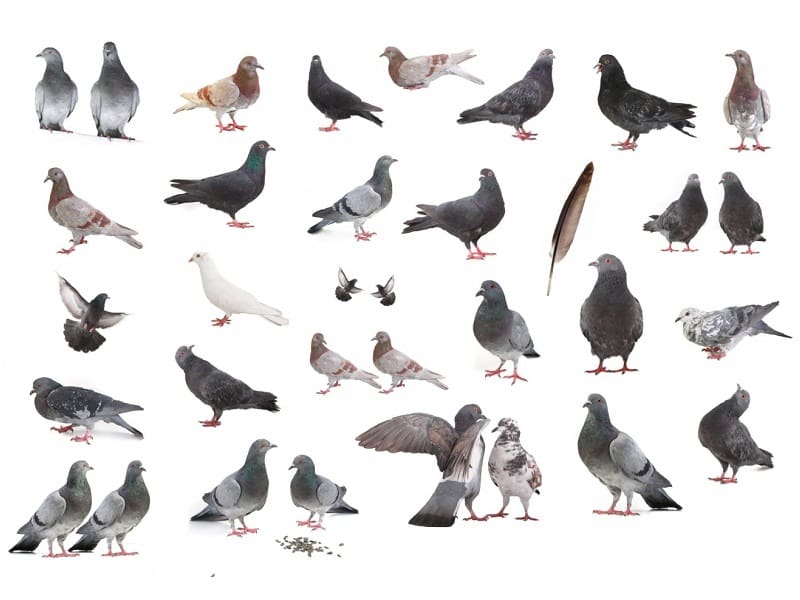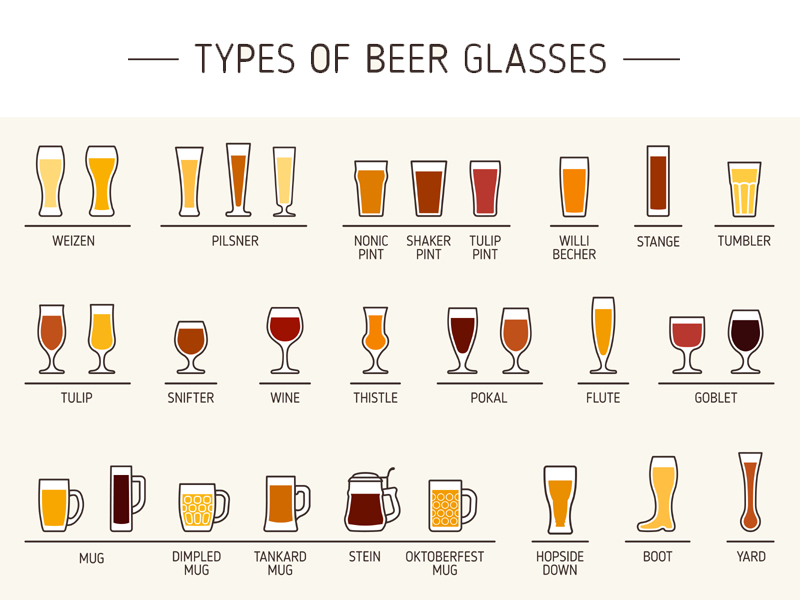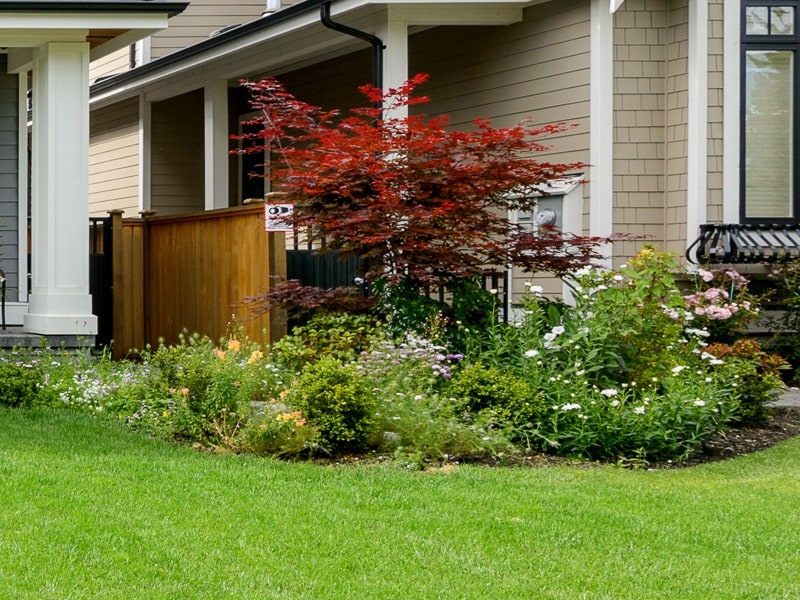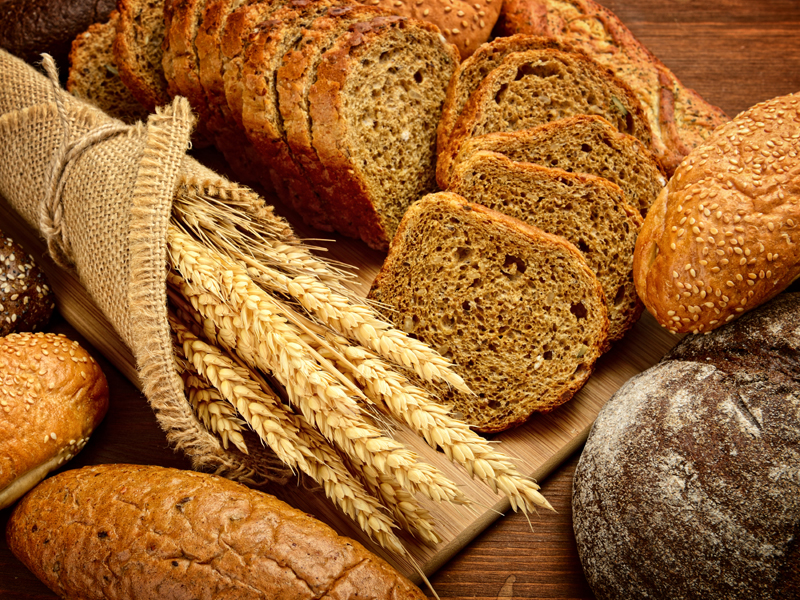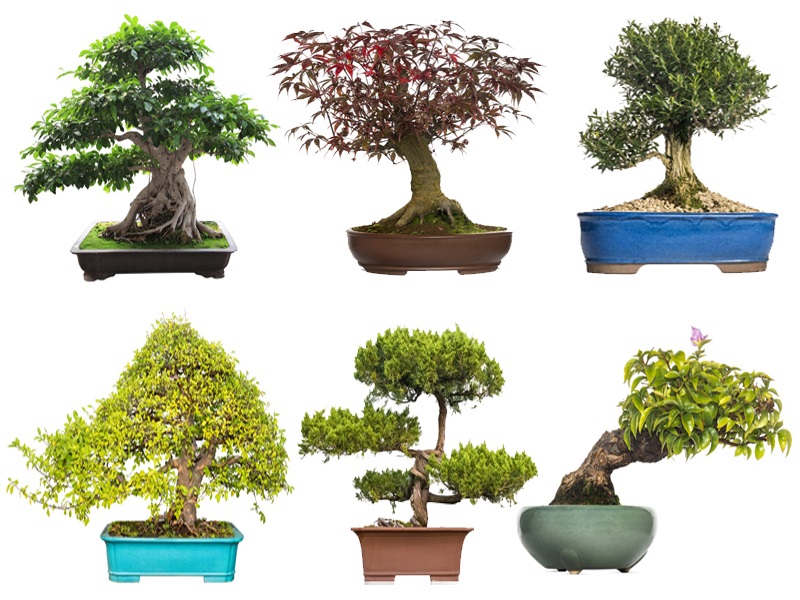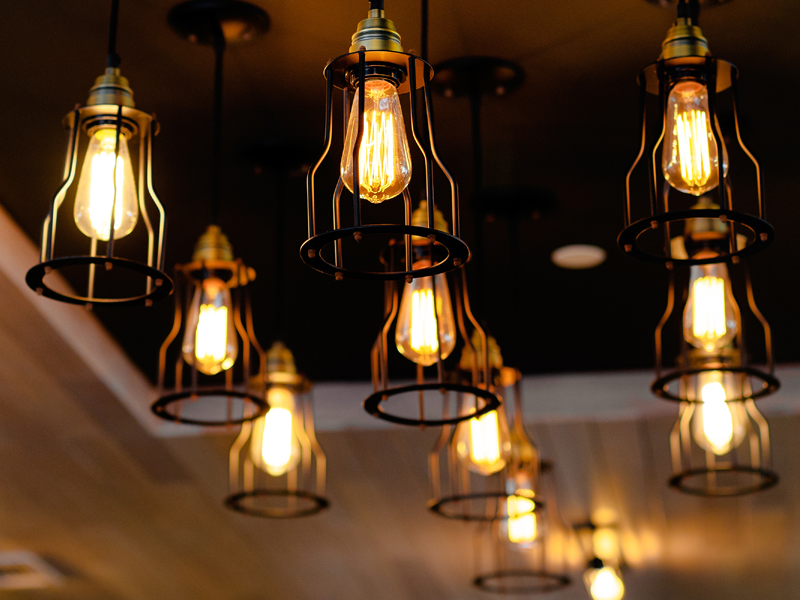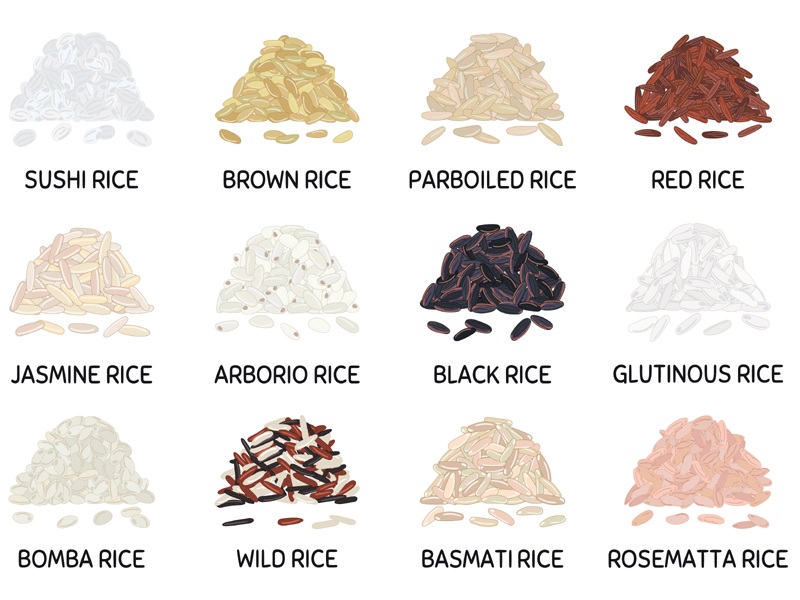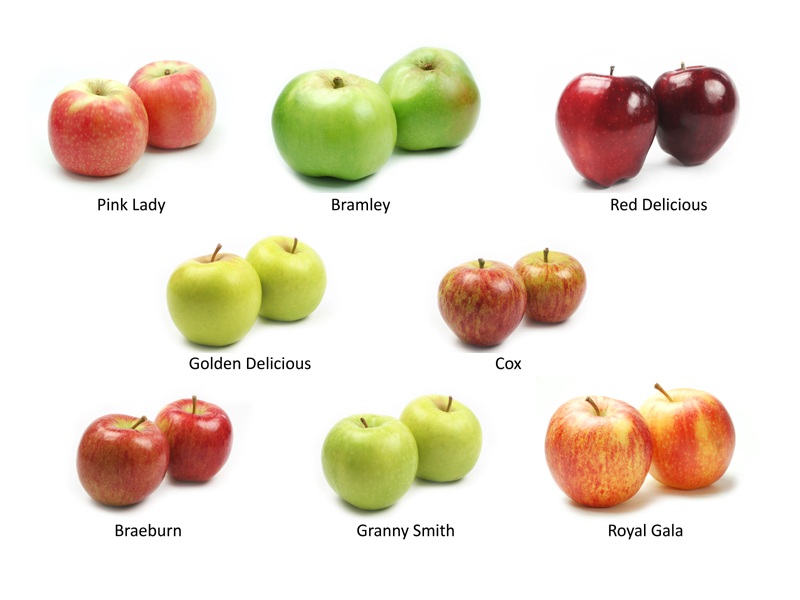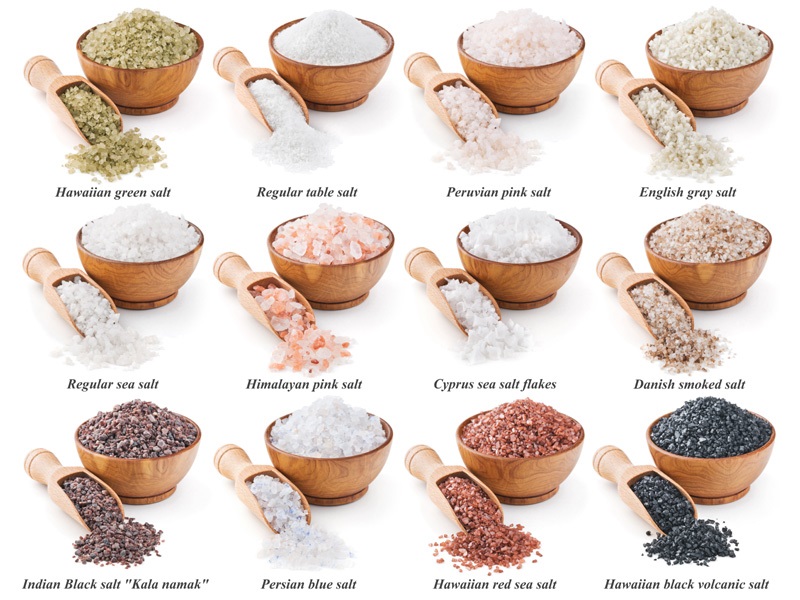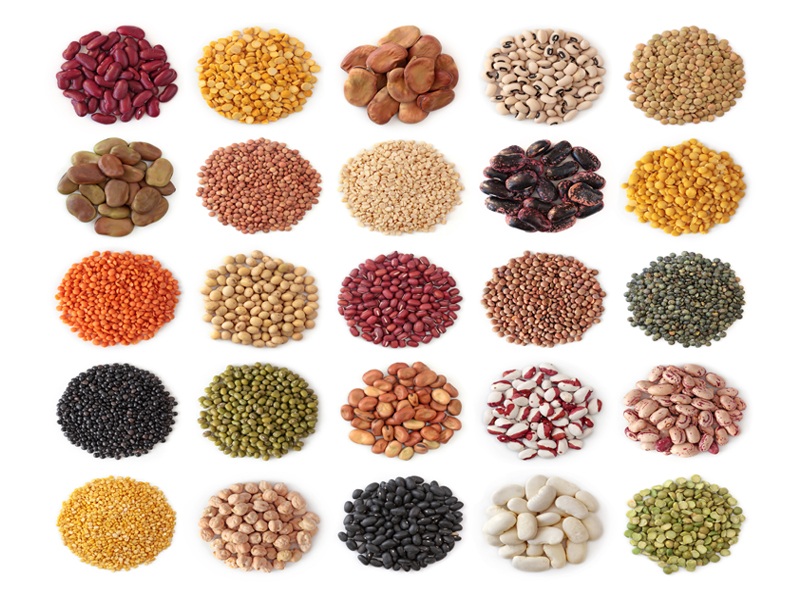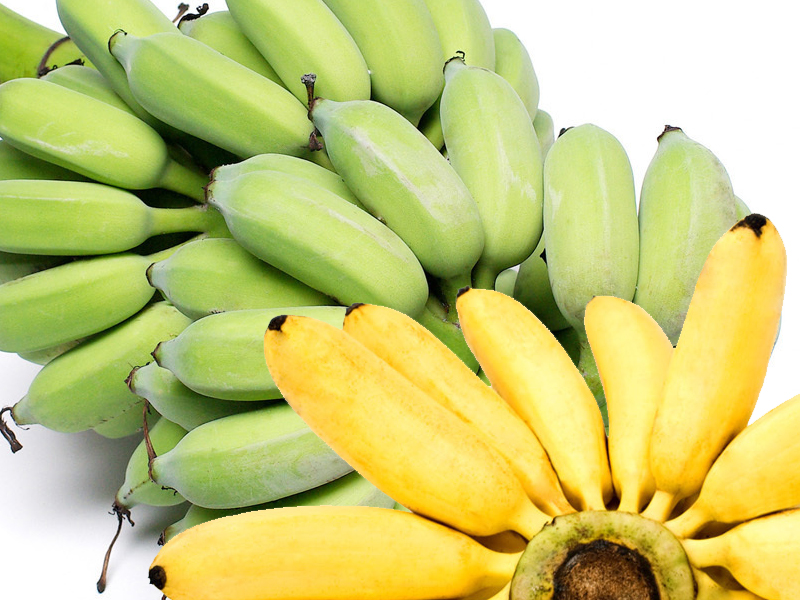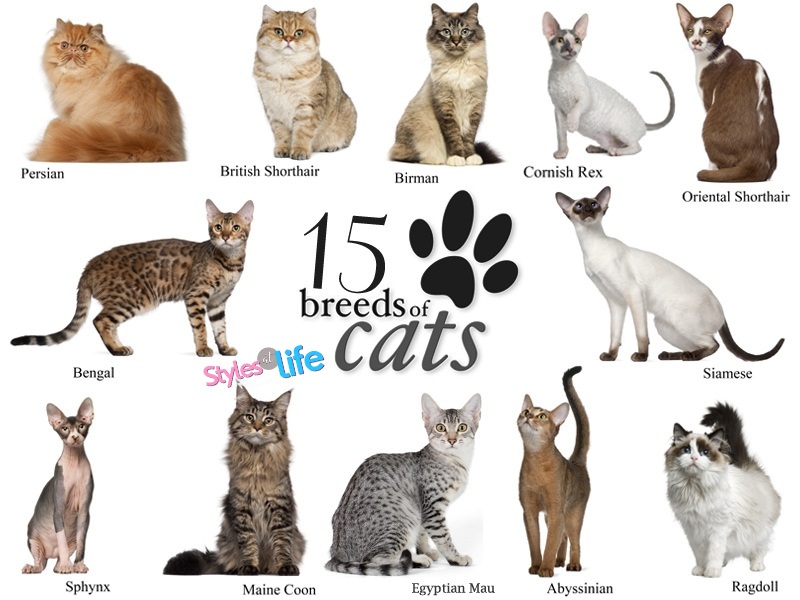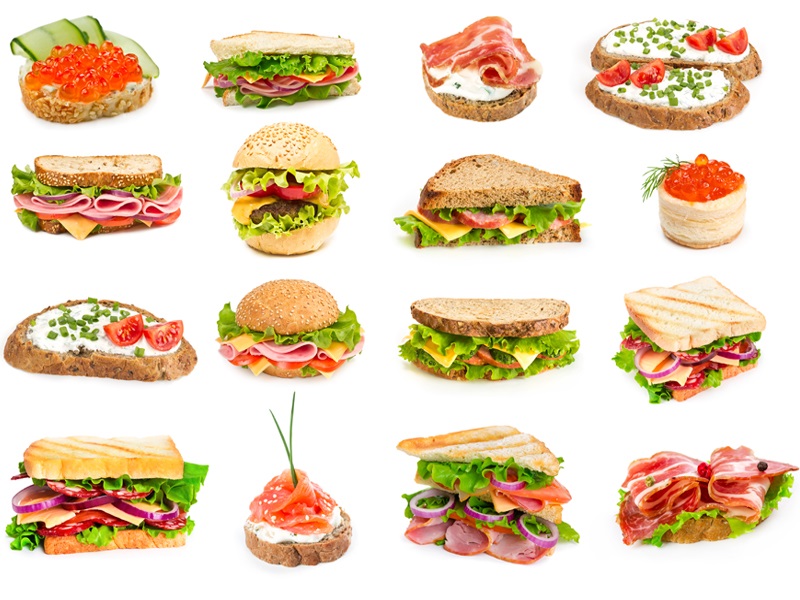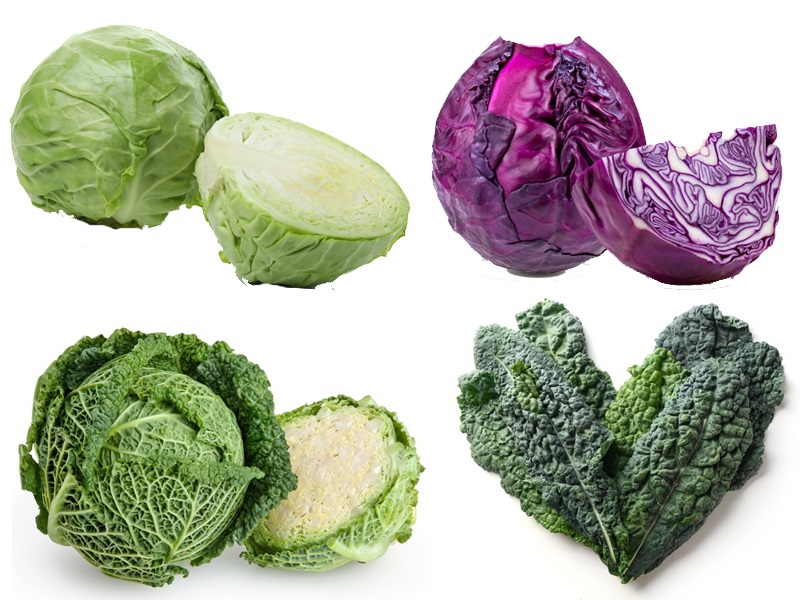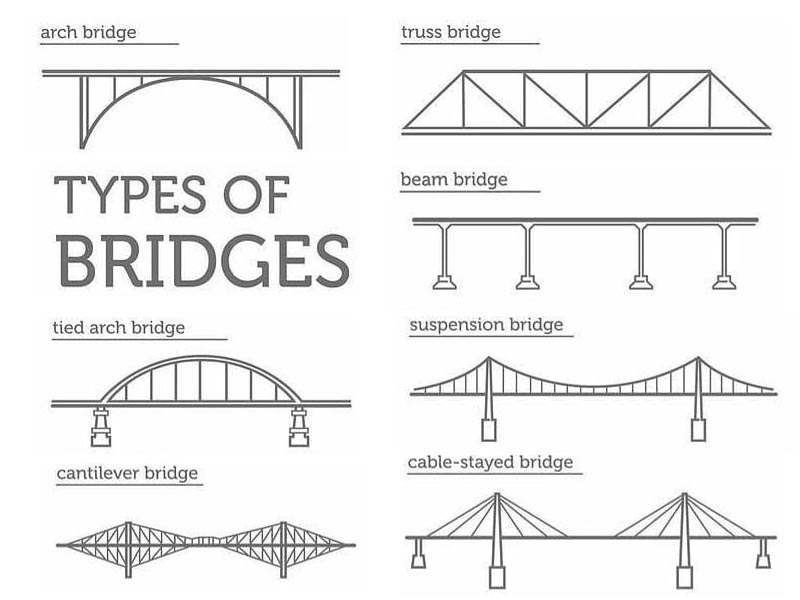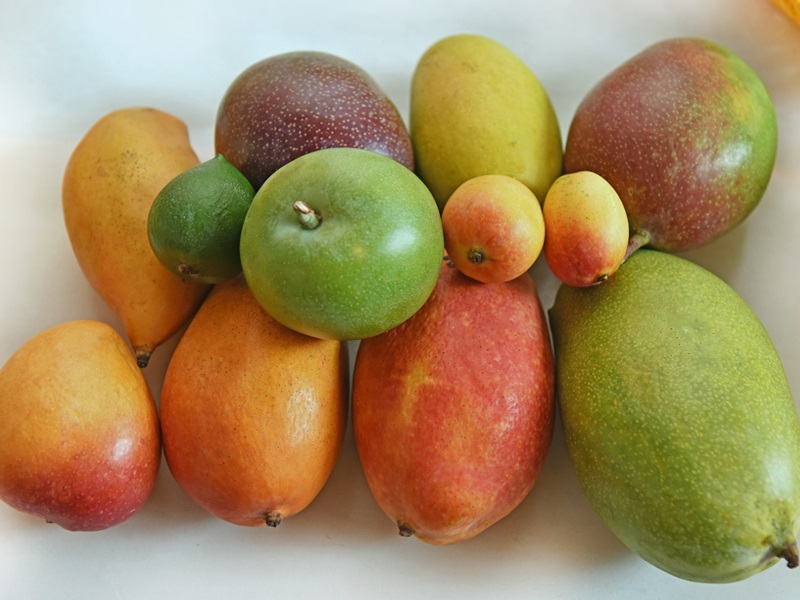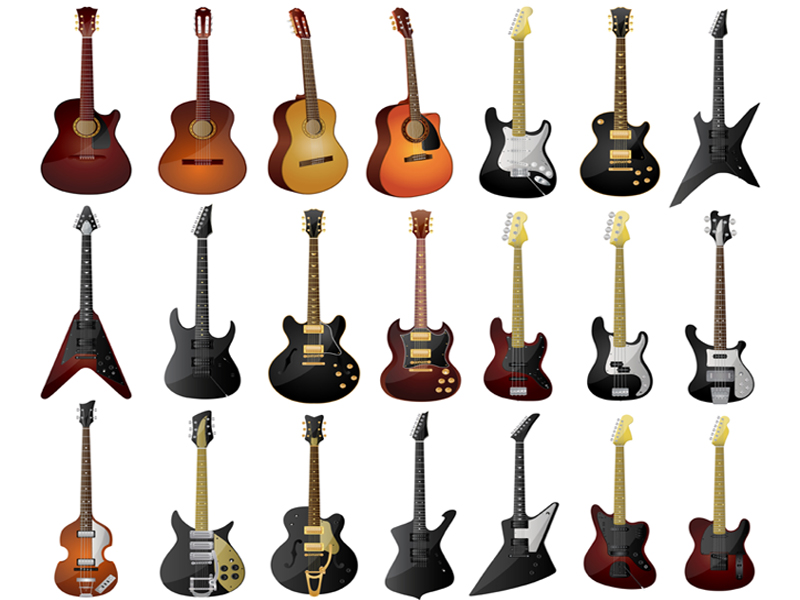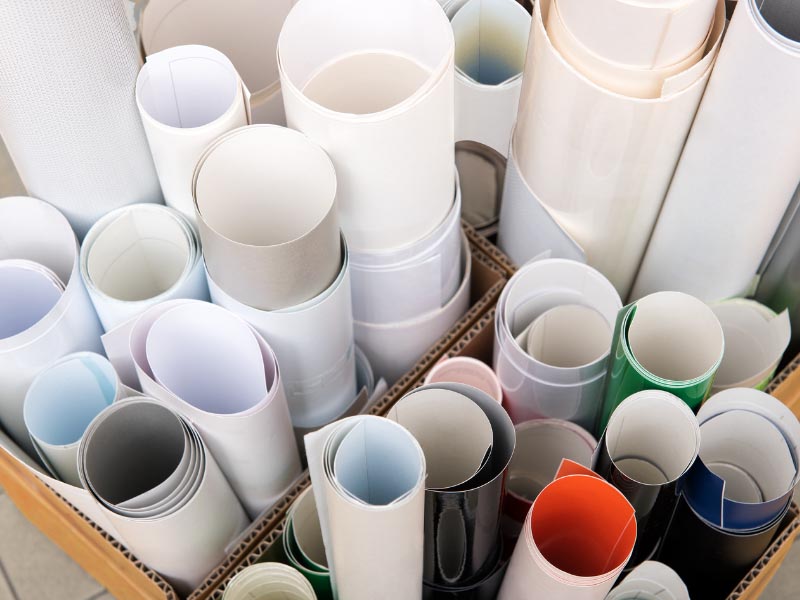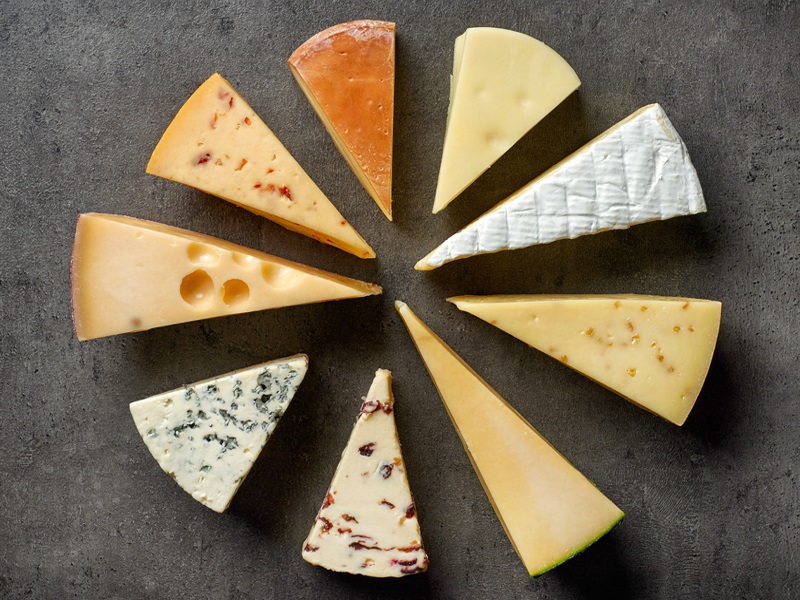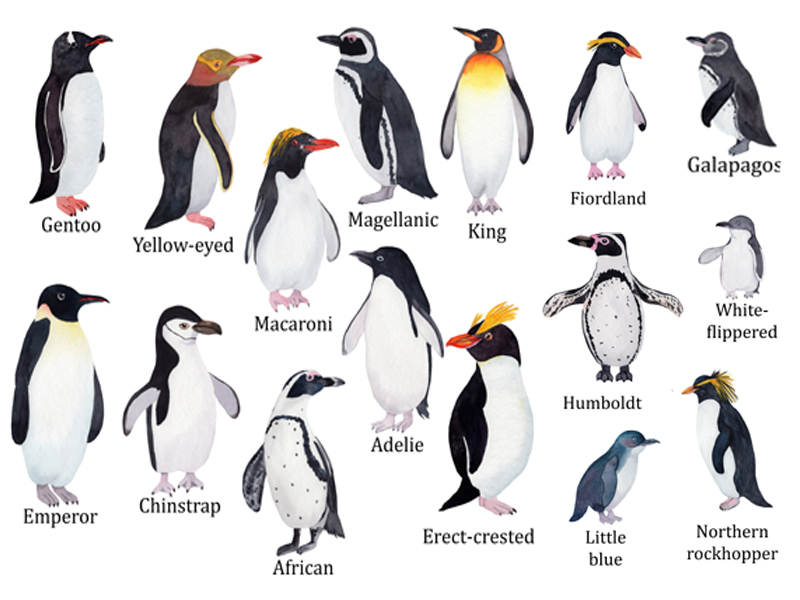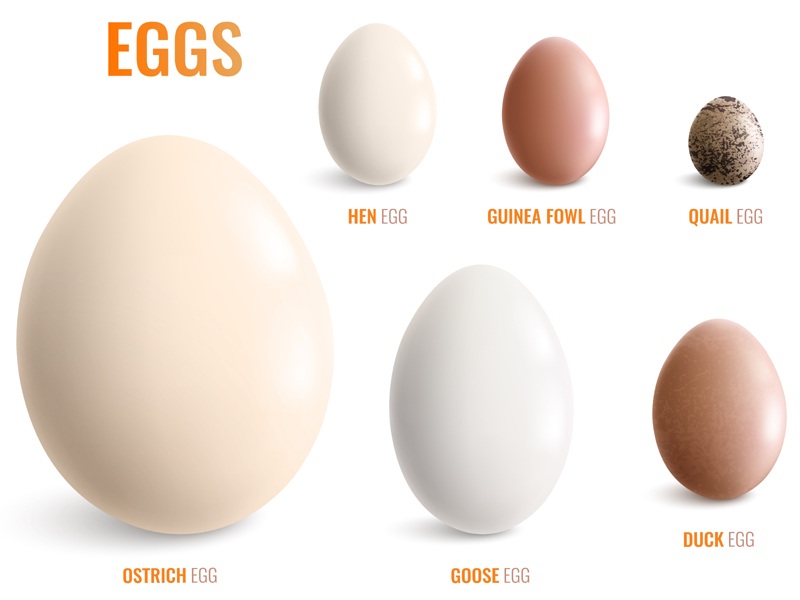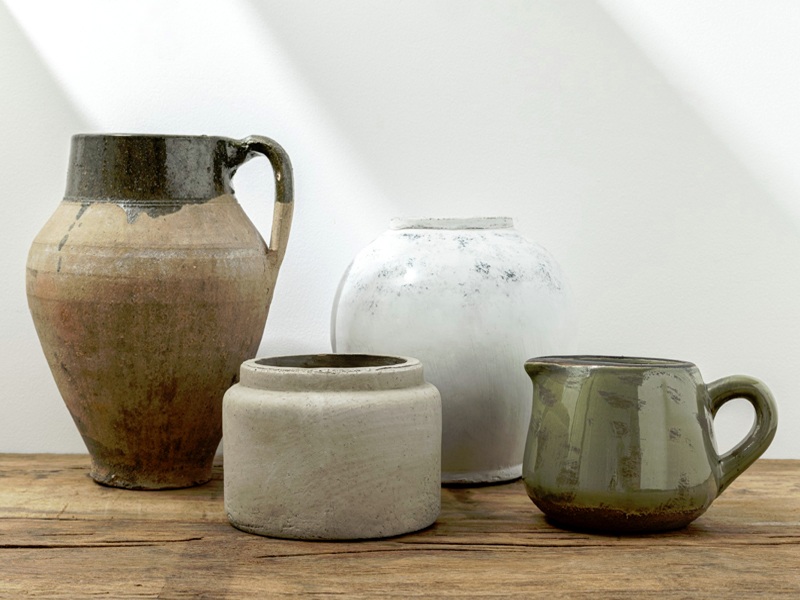Bricks are essential construction materials for building homes, structures, or infrastructures. In addition to bricks, other components like soil and sand are necessary to construct a building. This is where it becomes necessary to know the different types of bricks essential in providing safe and stable constructions due to their durability, versatility, and thermal properties. Furthermore, bricks contribute to sustainable architecture because they can be recycled and reused. Bricks continue to be indispensable in construction, maintaining their significance in shaping the architectural landscape of the world, making them one of the oldest building materials.
In this article, let us explore various types of bricks, an indispensable component of modern construction. We will uncover each kind of brick’s unique characteristics and benefits, from classic clay bricks that have stood the test of time to innovative concrete and firebricks designed for specialized applications. Read on!
What is a Brick and It’s History:
A rectangular building material made from shale or clay, typically baked in a kiln, is called a brick, whose history dates back to ancient times when early civilizations used sun-dried clay bricks for construction. The Sumerians are believed to have created the first fired bricks around 3000 BC. Bricks have evolved, becoming a fundamental architectural element because of their versatility, insulation, and durability. Bricks have played a crucial role in shaping the built environment and continue to be a staple in construction today, from ancient structures to modern buildings. Thanks to mechanization, bricks experienced a resurgence during the Industrial Revolution.
Different Types of Bricks:
We have listed the prominent divisions through which the types of bricks are classified. They are as follows:
Types of Bricks Based on Raw Materials:
Bricks can be classified based on the raw materials used in their production, and here are the main types:
1. Clay Bricks:
Clay bricks are one of the most widely and traditional bricks fired in a kiln and made from clay. There are different clay brick types because there can be a variation in the properties and colour of the clay.
2. Concrete Bricks:
Concrete bricks are often used in construction and are made from water, aggregate, sand, and cement. You can produce several textures and colours of these types of bricks. The concrete bricks’ heat resistance and sound reduction qualities make them perfect for fences, internal brickworks, and facades.
3. Sand-Lime Bricks:
The sand-lime bricks are molded under pressure from water, lime, sand, and fly ash. The chemical reaction between the silica and lime in the sand is used to curate these bricks. The aesthetic view of the bricks comes from the greyish color. They have a uniform appearance compared to clay bricks and offer a smoother finish. This is why plastering isn’t required for the sand-lime bricks, and because of its robust nature, these bricks are used as load-bearing members.
4. Fly Ash Bricks:
The fly ash bricks are an eco-friendly alternative that utilizes fly ash, a byproduct of coal combustion. These bricks have good thermal insulation properties and require less production energy. When it comes into contact with moisture, the fly-as brick expands sporadically, is less porous than clay bricks, and doesn’t require plastering, giving you a smooth surface.
5. Fire Bricks (Refractory Bricks):
Fire bricks are the perfect choice if you are looking for bricks that can withstand high temperatures. Applying these bricks is essential withstanding high temperatures, like the furnaces, kilns, and other scenarios. Also called refractory bricks, they are specially designed earth whose shape, size, and strength aren’t affected by very high temperatures. These bricks are ideal for high-pressure places, like furnaces and chimney lining.
6. Engineering Bricks:
Engineering bricks are made from shale or dense clay, known for their durability and engineering bricks. The areas where structural integrity is essential are where you can commonly find the use for these bricks.
Types of Bricks Based on the Building Process:
Here is another segregation of different types of bricks based on the building process:
7. Unburnt Bricks:
As the name suggests, these bricks are half-burnt with low strength and yellow colour. These bricks are used as soil for the basement or as soiling under RCC, surki in lime terracing. However, it is essential to remember that these bricks shouldn’t have any rainwater exposure.
8. Burnt Bricks:
Also called fired bricks, burnt bricks are made by heating clay-bearing or clay materials in a furnace or kiln to high temperatures, which causes the clay to undergo chemical and physical changes. These changes result in durable and hardened material which is suitable for building. These bricks’ thermal properties, durability, and strength make them perfect for building many architectural elements.
9. Over Burnt or Jhama Brick:
As the name suggests, the over-burnt or Jhama bricks are fired longer at high temperatures than conventional ones, resulting in distorted-shaped bricks. These bricks’ strength and absorption capacity are increased and often used in the foundation as lime concrete. These bricks have high absorption capacity, whose strength is equivalent to first-class bricks.
Types of Bricks Based on Manufacturing Method:
The classification of different types of bricks based on the manufacturing method is as follows:
10. Extruded Bricks:
Extruded bricks are formed by forcing clay through a die and are machine-made bricks with consistent shapes. Because of their uniformity, these bricks are commonly used in modern construction, especially with limited budgets.
11. Molded Bricks:
Molded bricks come in several sizes and shapes and are made by filling molds with clay, hence the name. Rather than being made in a machine, these bricks are shaped in molds by hand and often have a rustic or traditional appearance.
12. Dry-Pressed Bricks:
Dry-Pressed bricks are dense and robust bricks made using a hydraulic press, where clay is used with minimal moisture content pressed into molds.
Types of Bricks Based on Shape:
Different construction needs depend on structural requirements, architectural design, and aesthetic preferences, so bricks come in various shapes. Here is the list of brick types based on their shape:
13. Bullnose Brick:
Bricks molded into round angles are called the bullnose brick, often used for rounded quoin.
14. Airbricks:
Bricks that can circulate air with holes present in them are called Airbricks, which are used on cavity walls and suspended floors.
15. Channel Bricks:
The bricks molded into the shape of a channel or a gutter are called channel bricks used in drains.
16. Coping Bricks:
Depending on the thickness of the wall, the coping bricks can be angled, saddleback, chamfered, or half-round.
17. Cow Nose Bricks:
As the name suggests, these bricks are known for their shape, similar to a cow’s nose.
18. Capping Bricks:
The bricks used to cap the tops of freestanding walls or parapets are called capping bricks.
19. Brick Veneers:
Brick veneers are used for cladding and are usually thin.
20. Curved Sector Bricks:
The bricks used in pavements, arcs, etc., where there is a need for a curved shape, are called curved sector bricks.
21. Hollow Bricks:
Hollow bricks are also called cavity or cellular bricks, whose weight is one-third of that of a standard brick, and their thickness is 20 to 25 mm. Compared to regular bricks, you can lay these bricks quickly and pave the way to quicker construction. And are also used for partitioning.
22. Paving Bricks:
Paving bricks has iron in reasonable amounts which vitrifies bricks at low temperatures. These types of bricks are used in pavements and garden park floors. They make the floor less slippery because paving bricks can withstand the abrasive action of the traffic.
23. Perforated Bricks:
As the name suggests, perforated bricks contain holes in a cylindrical shape. These bricks’ weight is very light whose method of preparation is easy while consuming less clay than other bricks. You can find them in several forms, like rectangular, square, or round. Lightweight structures and multi-storied frame structures’ construction use these bricks.
Types of Bricks Based on Size:
Bricks come in different sizes, which suit different construction designs and needs. Here are some common types of bricks based on size:
24. Standard Bricks:
One of the most common bricks for construction is the standard bricks which fit well in most wall patterns and are versatile. These bricks come with dimensions of about 3 5/8 inches by 2 ¼ inches by 8 inches.
25. Modular Bricks:
Modular bricks’ dimensions are about 3 5/8 inches by 2 ¾ inches by 7 5/8 inches and are slightly more significant than standard bricks. Because of their size, these bricks offer improved efficiency in construction.
26. Jumbo Bricks:
As the name suggests, Jumbo bricks are large and have dimensions of about 3 5/8 inches by 3 5/8 inches by 11 5/8 inches. These bricks speed up construction and reduce the use of mortar because of their size.
27. Queen Bricks:
Queen bricks measure about 3 1/8 inches by 2 ¾ inches by 7 5/8 inches and are slightly smaller than standard bricks. These bricks are the perfect choice if you want a decorative effect for your home. Construction efficiency, design preferences, and structural requirements are essential in helping you choose the right brick size. You can get different functional and aesthetic benefits from different sizes of queen bricks.
Types of Bricks Based on Quality:
You can categorize bricks based on their durability and Quality. Here is the list of different brick types based on Quality:
28. First Class Bricks:
The First-class bricks have a uniform shape, size, and colour and are high-quality bricks with smooth surfaces and sharp edges. These bricks are ideal for visible areas in construction because they have minimal flaws and uniform texture.
29. Second Class Bricks:
Second-class bricks’ finish and uniformity are slightly inferior to first-class bricks. Though they might have minor irregularities, structural walls can still use second-class.
30. Third Class Bricks:
Third-class bricks come in non-uniform shapes and have cracks and noticeable irregularities, used as a filling material or for non-load-bearing walls.
Types of Bricks Based on Use:
Here is another classification of different types of bricks based on their specific use in construction. Here is the list of some of the standard brick types based on their intended purpose of use:
31. Common Bricks:
The standard bricks used for general construction are, therefore called common bricks. These are used for non-load-bearing and load-bearing walls. These bricks have low compressive strength, low Quality, and low resistance.
32. Engineering Bricks:
Engineering bricks are prominently used in foundations, retaining walls, and heavy structural components where structural integrity is critical because these bricks are known for high compressive strength, are dense and are very strong. Furthermore, these bricks have chemical resistance, good load-bearing capacity, and uniform red colour. Class A, B, and C. Class B are the most used, though class A is the strongest.
Types of Bricks Based on Location:
Here is the list of different types of bricks that are classified based on location or region:
33. Cream City Bricks:
These bricks originate from Milwaukee, Wisconsin.
34. London Stock:
The use of these bricks is in London.
35. Dutch:
These bricks are from the Netherlands.
36. Nanak Shahi Bricks:
These bricks are produced in India.
37. Roman:
These bricks are used in Roman constructions.
38. Staffordshire Blue Brick:
These bricks are produced in England.
Types of Bricks Based on Weather Resisting Capability:
Here is the list of different brick types, which are classified based on their weather-resisting ability:
39. Severe Weather Grade:
The severe weather grade bricks are used in countries covered in snow most of the year because they resist freeze-thaw actions.
40. Moderate Weather Grade:
The moderate weather grade bricks can withstand high temperatures and are primarily used in tropical countries.
41. No Weather Grade:
The no-weather grade bricks are used on the inside of walls because they don’t have any weather-resisting capabilities.
Interesting Facts About Bricks:
There is a fascinating history and intriguing facts associated with bricks. We have listed some facts about bricks that you might find interesting:
- Bricks have been used in construction for thousands of years, and the earliest known use of bricks was in modern-day Turkey, dating back to around 7500 BC.
- Bricks are known for their durability, and the Great Wall of China and Roman aqueducts are a testament to the same.
- Bricks reduce the need for heating and cooling by regulating indoor temperatures because bricks have excellent thermal insulation properties.
- Bricks are made with abundant and renewable materials like clay, making them environment-friendly and low carbon footprint.
- Because of their composition and manufacturing process, bricks are highly fire-resistant, making them a safe choice for buildings in fire-prone areas.
- Depending on the type of clay and the firing process used, you can find bricks in a wide range of colours. This diversity gives you creative architectural designs.
- Since bricks come in various shapes and sizes, you can choose different options depending on your construction needs.
- Bricks often reflect local architectural styles and hold cultural and historical significance in several regions globally, besides being construction materials.
- You can add artistic flair to buildings with the help of skilled bricklayers, creating intricate patterns, designs, and textures.
In conclusion, the diverse types of bricks offer a rich tapestry of choices for construction, each tailored to specific preferences and needs. Bricks have stood the test of time as a reliable and versatile building material from ancient civilizations to modern architectural marvels. The classification of different types of bricks based on various characteristics mentioned in this article will help you understand bricks more authentically. Don’t forget to let us know if you found the article helpful!
Disclaimer:
The information presented in this article is based on research and is for educational purposes and general knowledge only. It is not a replacement for professional recommendations and advice.


